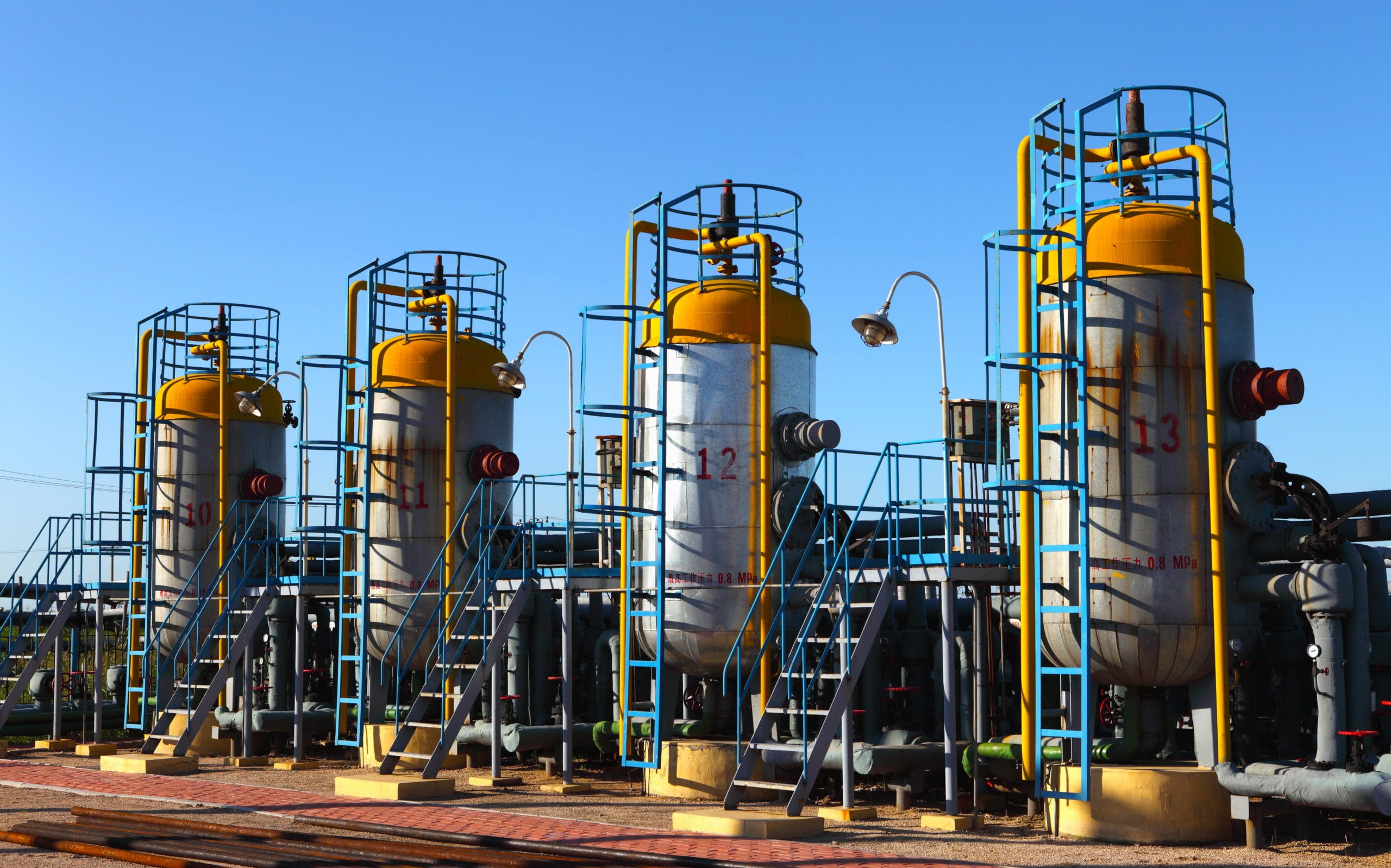
Natural gas power plants are a highly efficient form of power plant that is used to generate electricity. They have many advantages over other power plants.
There are three forms of natural gas power plants. These are steam generation, simple cycle and combined cycle.
Steam generation power plants use natural gas to heat water and the resulting steam to spin a turbine that generates electricity. They are about 35% efficient in converting heat to electricity.
Simple cycle power plants burn natural gas and use the byproducts to rotate the turbine. They are useful during periods of high demand for electricity because they can be started up quickly, and are about 35-40% efficient.
Combined cycle power plants use both simple cycle turbines and a heat recovery steam generator. The heat recovery steam generator makes use of waste heat to maximize the efficiency of the process. Combined cycle power plants are approximately 60% efficient.
Natural gas simple cycle and combined cycle power plants are considerably more efficient than solid fuel power plants. Coal power plants rarely exceed 40% efficiency, and even the most advanced plants do not exceed 50%. Nuclear power plants operate at less than 35% efficiency.
Natural gas power plants do produce carbon dioxide, but they are far more environmentally friendly than solid fuel power plants. Air pollution from coal power plants is responsible for approximately 13,000 premature deaths in the U.S. each year. Nuclear power plants produce radioactive waste that has catastrophic consequences if it escapes containment, and must be stored securely for thousands of years.
Natural gas power plants can also be built much more swiftly than solid fuel power plants. Depending on the form of plant, they take between 18 and 36 months to build. The comparable construction time for solid fuel plants, however, is approximately 72 months.